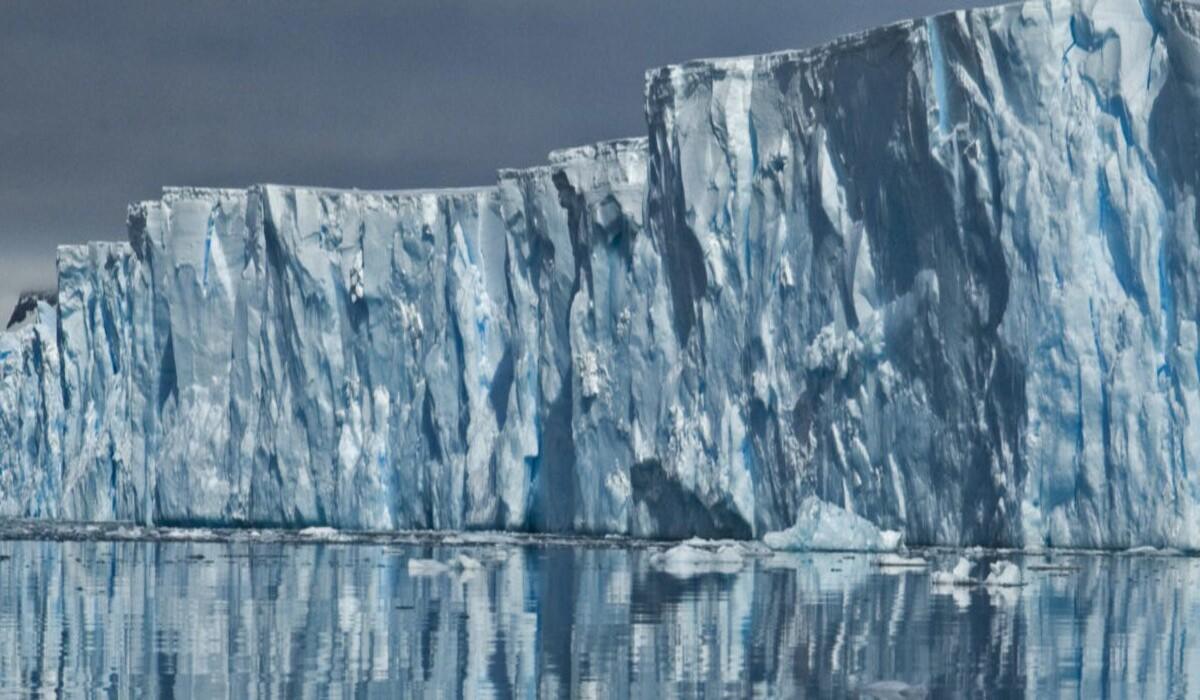A small rise in sea levels, just two feet worldwide, might not seem like a big deal but for places near the coast, it could be really bad news. Big cities such as New York, Miami, and New Orleans could be hit hard by terrible floods, putting lots of people’s lives and jobs in danger. This could happen if the Thwaites glacier, also known as the ‘doomsday glacier,’ breaks apart and at the moment, the Thwaites glacier stops warm sea waters from melting other glaciers.
If the Thwaites glacier breaks, it could cause even more sea level rise, up to 10 feet extra. Already, the Thwaites glacier melting a lot adds a big amount to how much the sea is rising around the world. Since 2000, it has lost over 1,000 billion tons of ice which is why it’s really important to take urgent action to help not only the Thwaites glacier but also other glaciers in danger.
In response, geoengineers are devising innovative technologies to slow glacial melting. One such strategy involves installing gigantic underwater curtains to impede warm seawater from reaching and melting glaciers. John Moore, a leading glaciologist and researcher, proposes these curtains, estimating a staggering $50 billion cost for implementation.
“Any intervention should be something that you can revert if you have second thoughts,” Moore said.
The primary driver of glacial melting is the influx of warm, salty sea water beneath the ocean’s surface. As oceans warm due to climate change, these currents exacerbate the erosion of glaciers like Thwaites, hastening their collapse. Moore’s proposed curtains aim to halt this process by blocking the flow of warm currents to provide the glaciers time to re-stabilize.
This year’s experiments will cost around $10,000. But to get to the point where Moore and his colleagues could confidently implement this technology, they’ll need about $10 million.
“We want to know, what could possibly go wrong? And if there’s no solution for it, then in the end you just have to give up,” Moore said. “But there’s also a lot of incentive to try and make it work.”
Despite the substantial investment required, Moore argues that curtains offer a safer and more reversible solution compared to previous proposals. Prototypes are being tested on smaller scales, with researchers aiming to scale up gradually for Antarctic implementation. Funding remains a critical hurdle, with millions needed for further research and eventual deployment.
“It sounds like a hell of a lot,” Moore said. “But compare the risk-risk: the cost of sea level protection around the world, just coastal defenses, is expected to be about $50 billion per year per meter of sea level rise.”
The urgency of the situation is emphasized by the unprecedented rates of glacial melting driven by climate change. While cutting emissions is crucial, proponents of glacial geoengineering like Moore believe immediate intervention is necessary.
“One of the great driving forces for us is this social justice point — that it’s a much more equitable way of dealing with sea level rise than just saying, ‘We should be spending this money on adaptation,'” Moore said.
“We really don’t know if [the Thwaites] could collapse tomorrow, or 10 years from now, or 50 years from now,” Moore, added, “We need to collect better data.”
Without swift action, glaciers like Thwaites could reach irreversible tipping points, rendering human efforts to mitigate emissions futile. Thus, investing in innovative solutions like underwater curtains becomes imperative in the race against time to safeguard vulnerable coastal communities and ecosystems.

